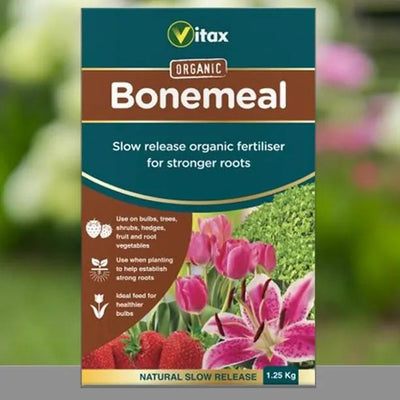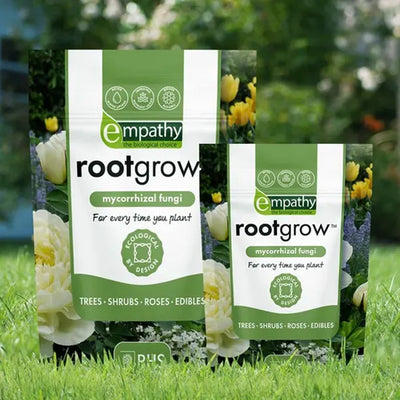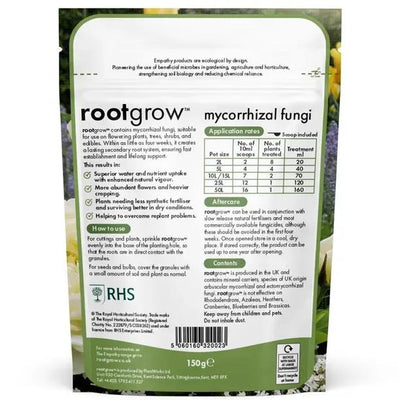Egremont Russet Apple Trees
'Egremont Russet' most well-known and delicious of the russet apples, where the ripe skin gets rough and ochre coloured. The medium size shape is distinctively flattened, slightly doughnut like.
The creamy-yellow flesh is firm and crisp, quite dry in texture because, for an eating apple, it's relatively high in tannins. In spite of this, it's sweet and has a rich, some say nutty, flavour.
The itself is compact and is very free spurring, so it crops heavily.
Egremont Russet will do well in wet conditions and is hardy enough to cope in the far North of the UK as well as being resistant to most apple ailments. The apples store well too.
Top alternative Russet: if you already have the famous Egremont in your collection, or if you didn't like russets in the past, the "other best russet" top try is Norfolk Royal.
Browse our range of apple trees, or all our fruit trees.
Read our guide to buying apples.
Delivery season: Bareroot plants are delivered in late Autumn to Spring, about November-March inclusive. Pot grown plants, year round.
Features
- Height: to 4.5 m
- Use: Eating
- Very free spurring: ideal for cordons & espaliers
- Pollination: Partially Self Fertile
- Apple colour: Green/gold/russeted
- Recommended for the North and Scotland
- Scab resistant
- Pollination: Group B
- Picking: late Sept/Oct
- Storage: up to 2 months
- RHS Award of Garden Merit
Growing Egremont Russet Apples
Apples like rich, well drained soil, and will thrive on clay in locations that do not get waterlogged in winter.
A full day of sun and shelter from the wind is ideal.
Thinning the fruit to reduce heavy loads is important.
The Egremont isn't known for its blossom - all apple trees have a charm of their own in spring, but help them along with spring flowering bulbs.
A mature tree could carry light climbers through its boughs: a not too vigorous rose like Felicite Perpetue would look wonderful in northerly conditions, or a honeysuckle like Graham Thomas to attract even more bees.
Disease Notes:
Resistant to scab, good for growing in the West of the UK
Rootstocks:
We use MM106 for Egremont Russet, the UK standard for medium-sized trees, ideal for gardeners. It gives a half-standard about 4m tall, and a bush about 3m.
MM106 maidens are suitable for cordons and espaliers, but we use the less vigorous M9 for our ready-made cordons.
Pollination Partners for Egremont Russet
Your trees are self sterile and their flowers must be pollinated to make fruit.
Egremont Russet is in Pollination Group B, which cross-pollinates with other apple trees in Groups A, B and C.
Use our Fruit Pollination Checker to quickly find pollination partners, or Apple Tree Pollination Guide to learn more.
Peasgood Nonsuch is a good partner, a versatile dual-purpose apple.








 Secure, One-Tap Checkout
Secure, One-Tap Checkout
 Hand Picked, Delivered to Your Door!
Hand Picked, Delivered to Your Door! 1 Year Bareroot Guarantee
1 Year Bareroot Guarantee

















